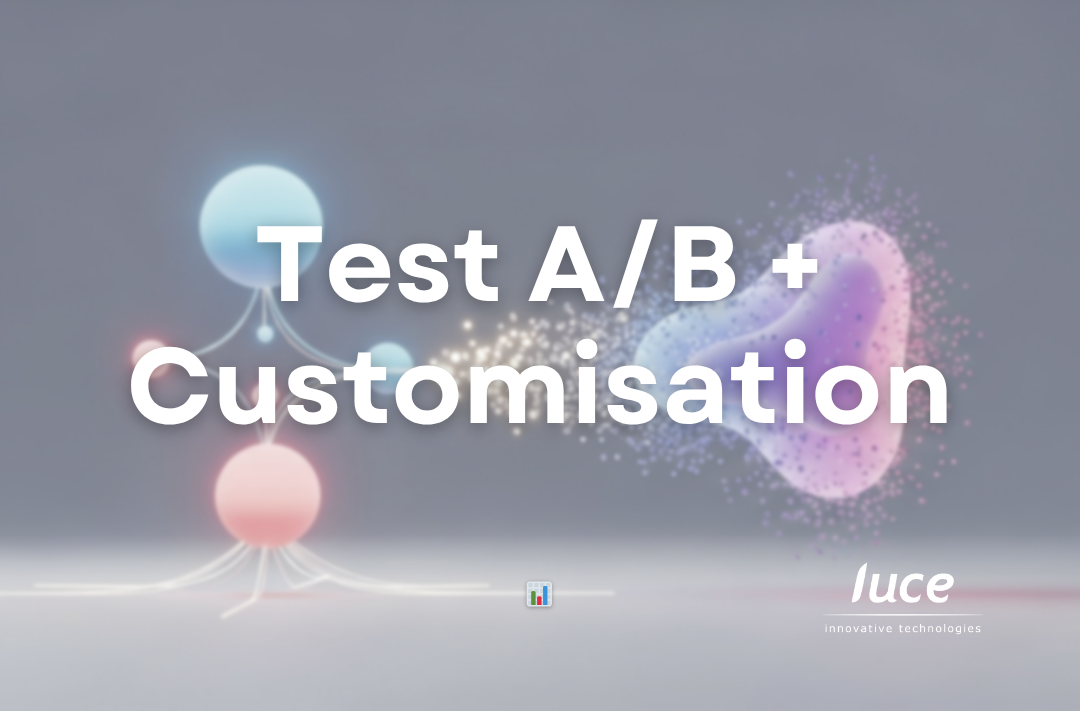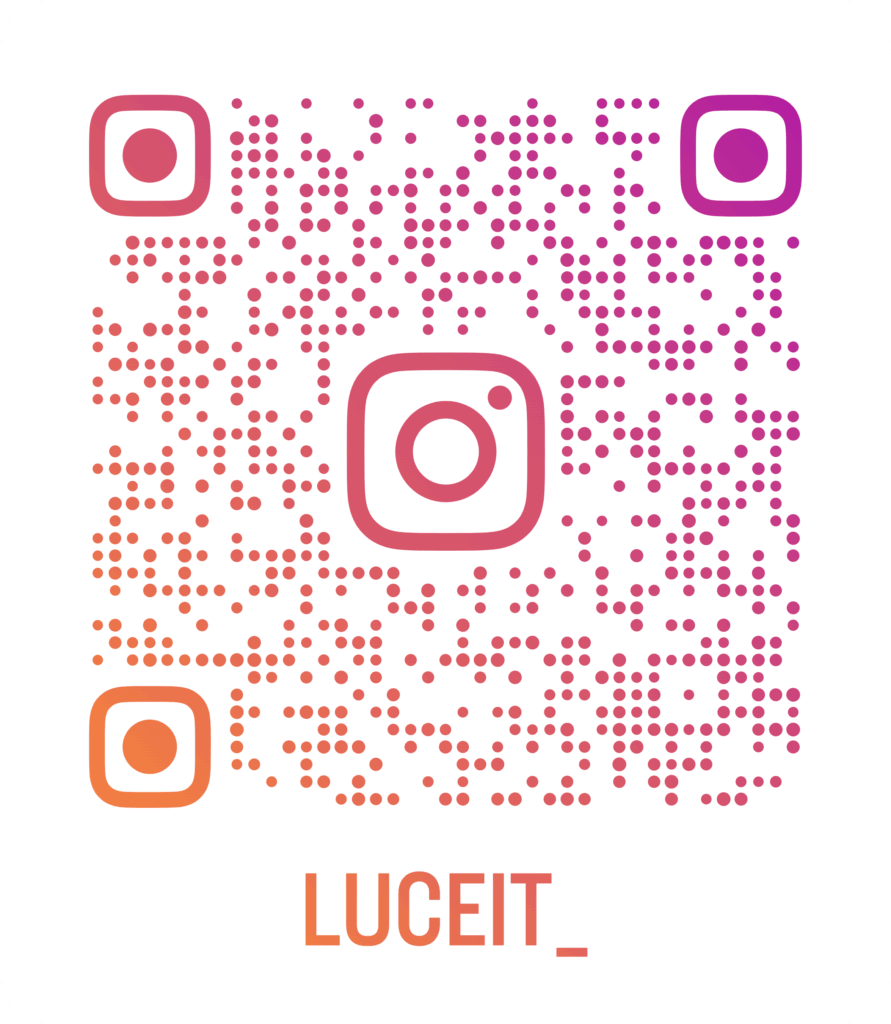
How CRO Improves the Digital Experience
Attracting users to a website or app is only the first step. The real challenge is getting those visitors to perform valuable actions for the business, i.e. convert.
The latest studies, such as the Digital Benchmark 2025, indicate a scenario where consumption is lower, conversions are falling and the cost per user is increasing.
Given this reality, it becomes critical not only to get users to arrive, but also to understand how to retain them, how to avoid friction and how to drive conversion. This is where Conversion Rate Optimisation, or CRO, is a key professional discipline.
What is CRO and Why is its Importance Growing?
CRO is a methodology focused on the analysis and study of user behaviour with the aim of continuously improving the conversion rate in any sales channel. It is a systematic approach to increase the percentage of visitors to a website or application that complete a desired action (such as a purchase, registration, downloading content, etc.).
Its importance is indisputable in today’s context, where, as noted, it is increasingly difficult to get users to our website and, once there, to get them to stay and convert. A low conversion rate can be an indication that users are encountering friction or frustration in their digital experience. Optimising conversion rate not only maximises the value of existing traffic, making acquisition spend more efficient, but also improves the user experience, encouraging long-term retention.
The 4 Technological Pillars of Optimisation (CRO Stack)
The practice of CRO relies on a set of tools and methodologies that interact to provide a complete view of the user and enable the implementation of improvements. The typical optimisation technology stack is built on four fundamental pillars:
- AB Testing: Tools that allow you to compare two or more versions of a page or element to determine which one performs better in terms of conversion.
- Web Analytics: Platforms such as Google Analytics or Adobe Analytics that provide quantitative data on traffic, sources, conversion funnels and click streams. They answer the fundamental question: “What is happening in our digital channels?
- Session Analytics: Tools that go beyond aggregated data to visualise and understand individual user behaviour on the page, including clicks, scroll, hover, zoom, clicks and engagement data, often without the need for extensive tagging. They allow you to understand the specific experience a visitor saw and dive below the surface of events and tags to uncover facts and obstacles.
- Personalisation:Technologies that allow you to tailor the user experience in real time based on their behaviour, characteristics or context, displaying relevant content or offers to increase the likelihood of conversion.
These pillars work together to provide both the “what” (quantitative analysis) and the “why” (qualitative analysis) of user behaviour.
CRO across the Digital User Lifecycle
CRO is not limited to optimising a buy button; it is a discipline that impacts and seeks to improve all stages of the user interaction cycle with a digital channel:
- Acquisition: although CRO does not focus directly on bringing in traffic, it optimises the initial experience to reduce bounce rate and increase Click Through Rate (CTR), ensuring that acquired traffic is more valuable. It seeks to increase “digital customers” by reducing abandonment and rejection rates.
- Engagement (Consideration): In this stage, the goal is to capture the user’s interest. CRO measures and optimises metrics such as time in session, conversion rate in simulators or interactive tools, and an Engagement Score. A high Engagement Score reflects customer interest in a product through interactions, time on page and other metrics. The aim is to increase customer engagement.
- Conversion: This is the stage where the desired action takes place (e.g. a contract). CRO focuses on increasing the Conversion Rate at this stage by minimising the friction points or “struggles” that prevent the user from completing the process. Metrics such as the Struggle Score and Technical Score are used to identify obstacles and technical errors. The goal is to increase the volume of digital sales. A Struggle Score relates levels of interaction with obstacles in key processes, allowing sessions to be ranked by level of difficulty. A Technical Score measures technical errors, controlled errors and performance.
- Retention: Beyond the first conversion, CRO seeks to encourage users to return and interact digitally, preventing them from looking for alternatives. Key metrics include Churn Rate, Repeat Visit Rate and Conversion Rate on service or post-sale actions.
Even for frustrated users, those who do not complete the process, CRO is vital. Detailed analysis of their sessions and abandonment points allows you to identify the causes of their frustration and redesign the experience to remove those obstacles, potentially recovering those users and preventing frustration in future visitors.
CRO: A Pillar of Interdepartmental Collaboration
The success of CRO does not rest with a single team; it is a discipline that fosters collaboration and benefits multiple areas within an organisation.
- Marketing: They get real-time information about user behaviour, allowing them to detect obstacles and receive alerts. They can correlate user behaviour with marketing campaigns to optimise their effectiveness and investment. Specific tools can provide accurate insights into customer behaviour to request changes with a high probability of success, identify obstacles with economic impact and analyse customer sentiment (VoC – Voice of Customer).
- IT: Continuously monitors the status of the digital process, which contributes to the reduction of response and action times. It can prioritise technical corrections according to their economic impact on conversion and receive alerts on recurring issues in short periods of time, avoiding continuous interruptions. IT can reproduce errors to simplify resolution, understand the performance impact on processes, and ensure that JavaScript implementations do not harm web or application performance. API performance monitoring is crucial for a smooth experience.
- UX/UI: Facilitates the identification of deviations in the user journey, enabling optimisation of the digital experience. They analyse customer interest in products or offers through the Engagement Score and relate interaction levels to the difficulty of key processes through the Struggle Score. They use visual tools such as heatmaps or attention maps to understand how users interact with the design.
- Call Centre: Collects useful data that helps to reduce interaction time and customer service. Advanced tools allow the replay of sessions of users who contacted the Call Centre, providing agents with an accurate view of the user’s previous experience to speed up the resolution of requests and increase first call resolution. They also facilitate the analysis of behavioural patterns in sessions that culminated in a call centre contact.
Conversion Rate Optimisation is a fundamental discipline for any entity with a digital presence that seeks not only to attract users, but more importantly, to convert them efficiently and retain them. By relying on a robust technology stack that enables deep (quantitative and qualitative) analysis of user behaviour, and by applying it strategically across the entire buyer’s funnel, CRO enables the identification and overcoming of obstacles that hold users back. It is an approach that requires the collaboration of various teams (Marketing, IT, UX/UI, Call Centre, among others) and that, through an iterative process of testing and learning, drives growth, efficiency and, above all, a better customer experience on digital channels.
Luce IT, your trusted technology innovation company
The Luce story is one of challenge and non-conformity, always solving value challenges using technology and data to accelerate digital transformation in society through our clients.
We have a unique way of doing consulting and projects within a collegial environment creating “Flow” between learning, innovation and proactive project execution.
At Luce we will be the best by offering multidisciplinary technological knowledge, through our chapters , generating value in each iteration with our clients, delivering quality and offering capacity and scalability so they can grow with us.



